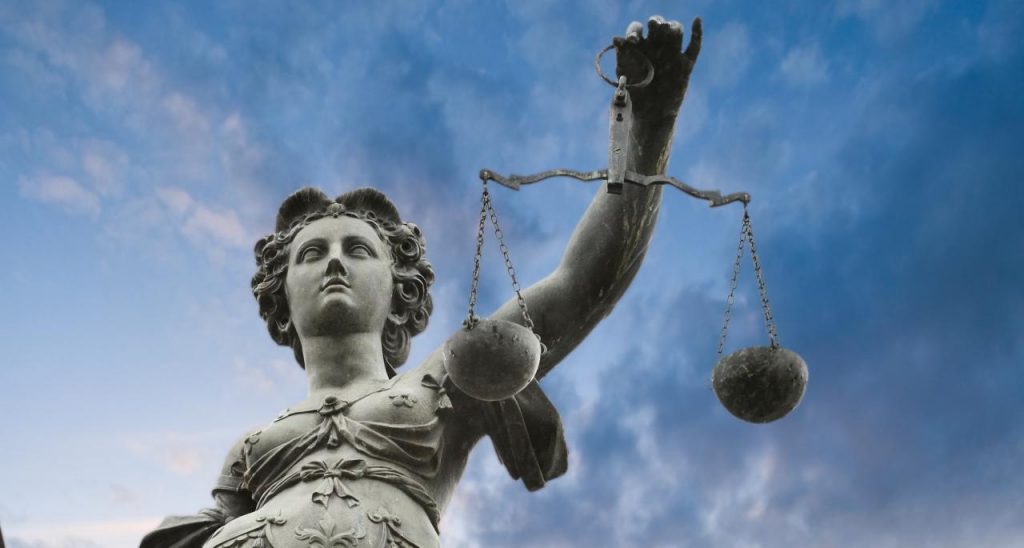On March 30, 2013, the U.S. District Court issued a highly controversial ruling in the Capitol Records lawsuit against ReDigi, finding the first sale (or exhaustion) doctrine virtually inapplicable in the digital realm. And this is a serious blow to the interests of all consumers, and e-commerce in general. The document caused numerous heated discussions, fueled by the recent decision of the US Supreme Court, which decisively expanded the horizon of the said doctrine (Kirtsaeng case). And here is the movement in the opposite direction.
What is it connected with?
We propose to consider the arguments of the court in more detail. Moreover, thanks to them, the attention of the legal community was drawn to a number of important legal problems, one or another solution to which can seriously affect the future of copyright on the Internet.
It has been noted more than once that one of the main difficulties causing the imperfection of the current model of legal regulation of the Internet is associated with the ill-conceived transfer of legal models from the ordinary world to the digital sphere. For example, the right gives the author the power to control the movement and use of any digital copies of his work. With regard to physical media, such a right is more or less realizable: their production requires special efforts and costs that can be identified and controlled. It is also economically justified: each copy of a work that enters commercial circulation without the consent of the copyright holder deprives him of a share of the profit. But the reproduction of electronic copies is carried out at practically no cost and often without the explicit intention of the user himself. Any transfer of a digital copy to another person entails the appearance of one or more new files that arise during the transfer and recording in the memory of another device, while maintaining the original digital copy with the original owner.

And, therefore, a separate consent of the copyright holder is required for each act of reproduction. In order not to make many common computer operations illegal, the legislator has to specify in which cases the creation of copies is permissible due to their temporary, technologically inevitable or logically justified nature. But such a complication of legislative technique does not benefit the clarity of the laws themselves, which are far behind the development of digital relations. Regulatory acts involuntarily support inefficient business models, preventing the emergence of new ones, and seriously limit the choice of users, curtailing the second fundamental goal of copyright (at least declared) – promoting the creative activity of society, including using previously created works. As a result, equating a digital copy with a full-fledged copy of a work enlists many ordinary users in the category of copyright infringers. And entrepreneurs in today’s conditions need to show remarkable imagination in order to build a work algorithm that meets the requirements of conflicting legislation. Serious help is the assessment of the legitimacy of certain models given by the courts in resolving disputes.
An example of this is the present case.
ReDigi tried to create a “second hand digital music” store that would keep new electronic copies to a minimum as possible so as not to infringe on the rights of the authors. A service user who wanted to sell unnecessary music files installed a special program on his computer. She indexed the contents of the hard drive, making a list of songs that could be released. It included files of two categories – purchased from the iTunes store or from ReDigi itself. The list explicitly excluded instances downloaded from file-sharing networks or converted from CDs. Thus, the user could not sell compositions, the legitimacy of which was not obvious. After downloading the selected compositions to the user profile on the ReDigi network service, the program itself deleted the original copies on the device. If in the future the same file was again recorded by the same user on his computer, the program required the deletion of the file. This time the deletion had to be done by the user himself. After the sale of the songs uploaded to the profile, the previous owner’s access to them was automatically closed. And the new purchaser got the opportunity to store them on the same server, sell them, listen to them or download them to any of their devices. Since the service did not have licenses for the public performance of works, interested buyers were redirected to YouTube or iTunes to get acquainted with the compositions. Payment for digital music was made using electronic credits of the service, replenished by users on their accounts. The amounts received from the sale were distributed as follows: 20% of the sale price went to the seller, 60% to the ReDigi service, and another 20% went to a special fund for payments to artists.
The main issue considered by the court concerned the concept of the first sale: is the rightful purchaser of a digital copy of a musical work free to alienate it in the future? The court considered that it was not: the concept of the first sale is applicable only to physical objects, but not to virtual ones. He explained his conclusion as follows.
First, ReDigi’s actions violated the reproduction right. As the court noted, US law distinguishes between “sound recording” and “phonogram”. The first is an intangible protectable object in the form of a set of sounds, while the second is a material carrier on which such sounds are recorded. Thus, “reproduction”, from the point of view of American law, is the process of embodiment of a protected work (sound recording) in a physical object (phonogram). At the same time, since the Napster case (A&M Records, Inc. v. Napster, Inc., 2001), the courts have consistently taken the position that the reproduction of copies of protected works on the Internet violates the right of reproduction. A reasonable question arises: where is the creation of a material object? The courts found an original way out of the situation. They pointed out that when using the results of intellectual activity on the Internet, a digital music file should be considered as a protected work, and “the relevant segment of the hard disk” as a phonogram (London-Sire Records, Inc. v. John Doe 1, 2008). Therefore, recording a composition in the computer’s memory is the creation of a phonogram, and hence the act of reproduction, requiring the consent of the copyright holder. According to the court, this conclusion is entirely based on the laws of physics: “It is absolutely impossible to move the same “material object” over the Internet”, as a result of sending a file somewhere in a new place, a new material object appears. It should be noted that such an approach (when a recording on a digital medium is recognized as a reproduction) now dominates in intellectual property law, being reflected in international agreements (such as the WIPO WCT) and in the legislation of many countries (including Russia).
In the present case, the court adheres to the same logic.
Although for the first time he gives an assessment of the situation when, when sending a file, only one copy of it remains (due to the destruction of the “original” by the sender). The Court considers that in this case, too, there was an illegal reproduction of the musical object. His arguments were very simple: the well-known explanatory dictionary Merriam-Webster understands by “reproduction” the creation of something anew, without mentioning the fate of the original copy. Therefore, the right to reproduce the phonogram will be violated when a new file is recorded, even if the original file ceases to exist.

It is clear that the above analogy was needed by the American courts in order to somehow adapt the outdated legal norms to the new informational realities. But it also clearly shows how dangerous and vulnerable various legal fictions can be. For example, the fMRI method, which is now widely used by scientists to visualize thought processes in the brain, is able to accurately indicate exactly where this or that information perceived by a person is stored, in particular, in the form of music. Thus, if we recognize the indicated analogy as admissible, we will inevitably have to recognize any act of listening to compositions as reproduction. After all, a “segment of the brain” is no less real than a certain “corresponding segment of a hard disk”. So, simple logic requires that obtaining licenses is mandatory not only for all owners of computer devices, but also for ordinary music listeners. Representatives of ReDigi drew attention to another important point: recognizing a specific segment of the media as a work, we will encounter copying every time a file is moved to another folder on the same media, or even during normal disk space defragmentation. But the court got rid of this argument with a dubious statement: “such copying is almost certainly (!) Allowed by any doctrines or principles of protection”, and does not apply to the case at hand.
Secondly, there has been a violation of the right to distribute.
Again, ever since the Napster case (and also New York Times Co., Inc. v. Tasini, 2001), courts have concluded that sending electronic files and distributing them over p2p protocols constitutes illegal distribution of works. At the same time, the courts are not so unanimous regarding the definition of the moment when the distribution is considered to have taken place. Some of them consider it sufficient to simply offer illegal content on the site, while other courts consider that the materials should actually go into the possession of third parties. In the case under consideration, the court also mentioned the ambiguity of approaches, and supported the second of them: the disputed files should be sold to third parties, and not just posted on the offender’s website. But the ReDigi service did not deny that it was selling music files.
